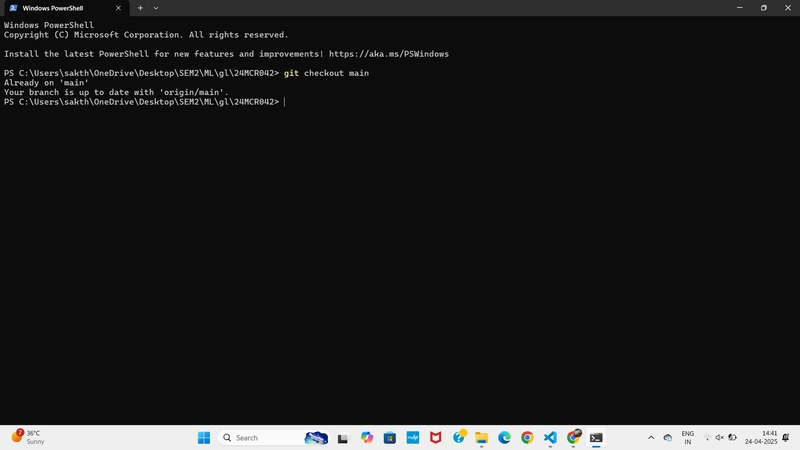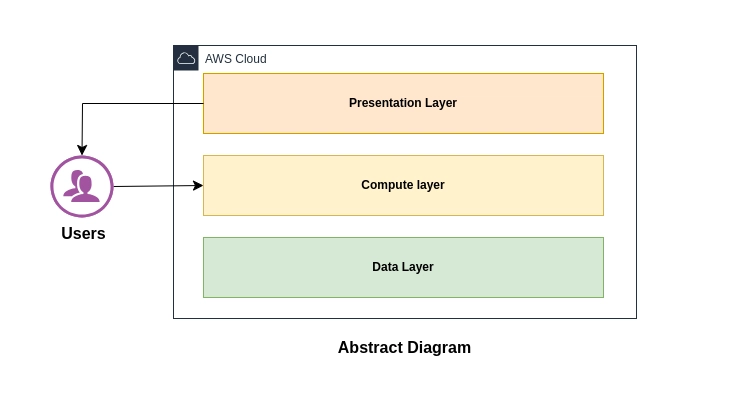How to Evaluate a Prior Art Search Tool: A Strategic Guide for Patent Attorneys
Introduction In the fast-paced world of intellectual property law, precision, speed, and reliability are paramount. For patent attorneys, the stakes are particularly high—missing prior art can lead to invalidated patents and costly litigation. That’s why choosing the right prior art search tool is critical. With the growing volume of global patent filings and non-patent literature, a robust search platform can mean the difference between a bulletproof patent and a missed opportunity. This guide will walk you through everything you need to know before you buy a prior art search tool. From understanding must-have features to evaluating cost and integration with your existing workflow, we’ll help you make an informed, strategic decision tailored to your legal practice. Key Points to Consider Accuracy, speed, and AI integration are critical for attorneys handling patent prosecution and litigation. Choose tools with global patent coverage and natural language processing. Prioritize collaborative features for teams and workflow integration with docketing software. Watch for transparent pricing, including usage-based plans for law firms. Don't overlook customer support and onboarding quality. Table of Contents Why Prior Art Search Tools Matter for Patent Attorneys Core Capabilities That Serve the Legal Workflow Leveraging AI & NLP for Legal Relevance Ensuring Global Patent and Literature Coverage Seamless Integration with Legal Workflows Why Accuracy and Speed Matter More Than Ever Collaborative and Client-Facing Reporting Tools Exporting Results for Legal Filings Pricing Considerations for Law Firms Assessing Ease of Use in Legal Practice Vendor Support and Professional Reliability Legal-Grade Data Security and Confidentiality Verifying Reviews and Legal Industry Ratings Common Pitfalls Patent Attorneys Should Avoid Comparison of Popular Tools Evaluation Checklist Sample Use Case: Mid-Sized IP Law Firm Conclusion References Why Prior Art Search Tools Matter for Patent Attorneys As a patent attorney, your ability to identify relevant prior art determines the strength of your client’s IP portfolio. A missed citation could result in invalid claims, office actions, or costly litigation. Modern tools use AI and expansive databases to streamline this process, offering a level of precision that manual searches can’t match. Core Capabilities That Serve the Legal Workflow Beyond keyword searches, a comprehensive tool should support: Boolean and semantic queries: Allowing for complex search logic and understanding the meaning behind the terms. Jurisdiction filters and classification-based narrowing: Enabling focused searches within specific patent offices or technology areas (e.g., IPC, CPC classifications). Built-in annotation, tagging, and highlighting: Facilitating the organization and analysis of relevant documents. Credibility scoring for legal-grade citations: Helping to prioritize more reliable and legally sound prior art. Leveraging AI & NLP for Legal Relevance AI is rapidly evolving how attorneys approach search. Tools that: Parse claims and match semantic intent: Understanding the scope and meaning of patent claims beyond simple keyword matching. Highlight concept overlap: Identifying similarities in the underlying technology and ideas between documents. Translate non-English prior art: Breaking down language barriers to access a wider range of relevant documents. Prioritize contextually relevant citations: Ranking results based on their relevance to the specific legal context of the search. ...will enable better and faster drafting, prosecution, and defense. Ensuring Global Patent and Literature Coverage Legal professionals need broad visibility. Make sure your platform includes: Full-text databases from EPO, USPTO, JPO, CNIPA: Access to the world's major patent offices. Academic and non-patent literature (NPL): Including scientific journals, technical reports, and other publicly available documents that can constitute prior art. OCR and multilingual access: Enabling the searching of scanned documents and content in various languages. Seamless Integration with Legal Workflows For efficiency and compliance, your tool should connect to: Docketing systems: Streamlining the process of managing deadlines and integrating search results with case files. IP lifecycle platforms: Connecting prior art search with other stages of the patent lifecycle, such as invention disclosure and portfolio management. Secure legal CRMs or client dashboards: Facilitating secure sharing of search results and analysis with clients. Why Accuracy and Speed Matter More Than Ever Patent timelines are tight and quality is everything. Look for: Fast first-result delivery (under 5 seconds ideal): Minimizing time spent waiting for search results. Low false hit rates: Reducing the number o
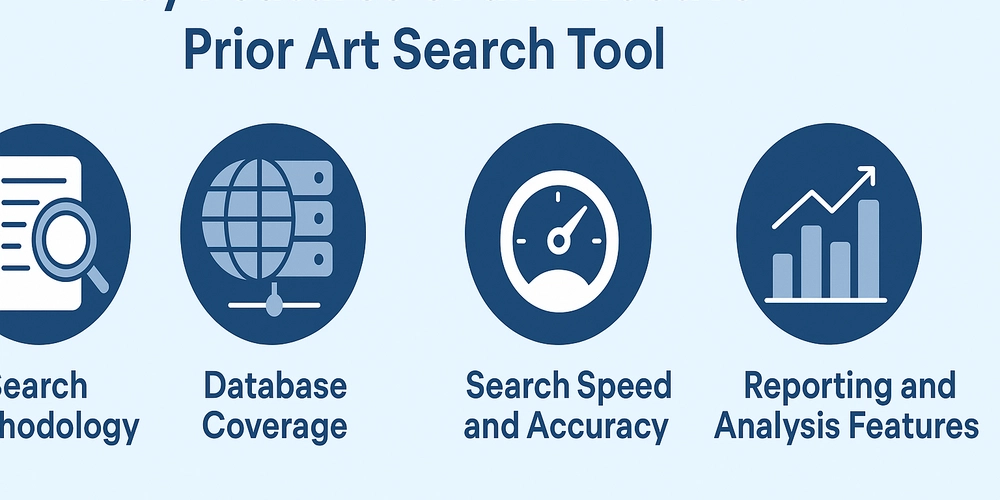
Introduction
In the fast-paced world of intellectual property law, precision, speed, and reliability are paramount. For patent attorneys, the stakes are particularly high—missing prior art can lead to invalidated patents and costly litigation. That’s why choosing the right prior art search tool is critical. With the growing volume of global patent filings and non-patent literature, a robust search platform can mean the difference between a bulletproof patent and a missed opportunity.
This guide will walk you through everything you need to know before you buy a prior art search tool. From understanding must-have features to evaluating cost and integration with your existing workflow, we’ll help you make an informed, strategic decision tailored to your legal practice.
Key Points to Consider
- Accuracy, speed, and AI integration are critical for attorneys handling patent prosecution and litigation.
- Choose tools with global patent coverage and natural language processing.
- Prioritize collaborative features for teams and workflow integration with docketing software.
- Watch for transparent pricing, including usage-based plans for law firms.
- Don't overlook customer support and onboarding quality.
Table of Contents
- Why Prior Art Search Tools Matter for Patent Attorneys
- Core Capabilities That Serve the Legal Workflow
- Leveraging AI & NLP for Legal Relevance
- Ensuring Global Patent and Literature Coverage
- Seamless Integration with Legal Workflows
- Why Accuracy and Speed Matter More Than Ever
- Collaborative and Client-Facing Reporting Tools
- Exporting Results for Legal Filings
- Pricing Considerations for Law Firms
- Assessing Ease of Use in Legal Practice
- Vendor Support and Professional Reliability
- Legal-Grade Data Security and Confidentiality
- Verifying Reviews and Legal Industry Ratings
- Common Pitfalls Patent Attorneys Should Avoid
- Comparison of Popular Tools
- Evaluation Checklist
- Sample Use Case: Mid-Sized IP Law Firm
- Conclusion
- References
Why Prior Art Search Tools Matter for Patent Attorneys
As a patent attorney, your ability to identify relevant prior art determines the strength of your client’s IP portfolio. A missed citation could result in invalid claims, office actions, or costly litigation. Modern tools use AI and expansive databases to streamline this process, offering a level of precision that manual searches can’t match.
Core Capabilities That Serve the Legal Workflow
Beyond keyword searches, a comprehensive tool should support:
- Boolean and semantic queries: Allowing for complex search logic and understanding the meaning behind the terms.
- Jurisdiction filters and classification-based narrowing: Enabling focused searches within specific patent offices or technology areas (e.g., IPC, CPC classifications).
- Built-in annotation, tagging, and highlighting: Facilitating the organization and analysis of relevant documents.
- Credibility scoring for legal-grade citations: Helping to prioritize more reliable and legally sound prior art.
Leveraging AI & NLP for Legal Relevance
AI is rapidly evolving how attorneys approach search. Tools that:
- Parse claims and match semantic intent: Understanding the scope and meaning of patent claims beyond simple keyword matching.
- Highlight concept overlap: Identifying similarities in the underlying technology and ideas between documents.
- Translate non-English prior art: Breaking down language barriers to access a wider range of relevant documents.
- Prioritize contextually relevant citations: Ranking results based on their relevance to the specific legal context of the search.
...will enable better and faster drafting, prosecution, and defense.
Ensuring Global Patent and Literature Coverage
Legal professionals need broad visibility. Make sure your platform includes:
- Full-text databases from EPO, USPTO, JPO, CNIPA: Access to the world's major patent offices.
- Academic and non-patent literature (NPL): Including scientific journals, technical reports, and other publicly available documents that can constitute prior art.
- OCR and multilingual access: Enabling the searching of scanned documents and content in various languages.
Seamless Integration with Legal Workflows
For efficiency and compliance, your tool should connect to:
- Docketing systems: Streamlining the process of managing deadlines and integrating search results with case files.
- IP lifecycle platforms: Connecting prior art search with other stages of the patent lifecycle, such as invention disclosure and portfolio management.
- Secure legal CRMs or client dashboards: Facilitating secure sharing of search results and analysis with clients.
Why Accuracy and Speed Matter More Than Ever
Patent timelines are tight and quality is everything. Look for:
- Fast first-result delivery (under 5 seconds ideal): Minimizing time spent waiting for search results.
- Low false hit rates: Reducing the number of irrelevant documents that need to be reviewed.
- Regular data updates and refreshes: Ensuring access to the most current patent and non-patent literature.
Collaborative and Client-Facing Reporting Tools
Top tools empower internal and external collaboration:
- Team notes and shared folders: Allowing multiple users to work on the same search and share insights.
- Structured export templates for briefs: Providing pre-formatted options for incorporating search results into legal documents.
- Visual citation maps for courtroom or boardroom use: Offering graphical representations of the relationships between prior art documents and the invention.
Exporting Results for Legal Filings
You’ll need formats that align with legal submission standards:
- Word, PDF, or XML export: Providing flexibility in how search results are presented and integrated into filings.
- Claim chart auto-generation: Automatically creating visual representations of claim elements and their corresponding prior art references.
- Pre-formatted briefs for USPTO/EPO: Offering templates that comply with the specific formatting requirements of patent offices.
Pricing Considerations for Law Firms
Understand how tools scale with firm size and caseload:
- Per-user licensing or team bundles: Different pricing models to accommodate various firm sizes.
- Monthly/quarterly usage tiers: Options based on the volume of searches conducted.
- Volume-based pricing for high-activity firms: Cost-effective solutions for firms with significant search needs.
Assessing Ease of Use in Legal Practice
Adoption depends on simplicity:
- Clean interface with minimal training needed: Ensuring that attorneys can quickly learn and effectively use the tool.
- Support for shortcuts and customizable workflows: Allowing users to personalize the tool to their specific needs and preferences.
- Access to training modules or demo environments: Providing resources for onboarding and continuous learning.
Vendor Support and Professional Reliability
Support should match your client service expectations:
- 24/7 access and fast escalation paths: Ensuring timely assistance when issues arise.
- Dedicated legal account managers: Providing a single point of contact with industry-specific knowledge.
- SLAs tailored to legal deadlines: Offering service level agreements that recognize the time-sensitive nature of legal work.
Legal-Grade Data Security and Confidentiality
Tools must respect client confidentiality:
- End-to-end encryption: Protecting sensitive data during transmission and storage.
- Audit logs and access control: Providing a record of user activity and ensuring that only authorized personnel can access client information.
- SOC 2 or ISO 27001 compliance: Demonstrating adherence to recognized security standards.
Verifying Reviews and Legal Industry Ratings
Trust but verify. Check:
- LegalTech and IP law publications: Reading expert opinions and reviews specific to the legal field.
- G2, Gartner, or Capterra attorney-specific feedback: Consulting peer reviews from legal professionals.
- Law firm-authored white papers: Gaining insights from other firms' experiences with different tools.
Common Pitfalls Patent Attorneys Should Avoid
Don’t settle for tools that:
- Lack audit logs: Creating potential issues for tracking and accountability.
- Struggle with multilingual or foreign filings: Limiting the scope of your prior art search.
- Don’t evolve with case law or patent office policy: Becoming outdated and less effective over time.
- Are slow or buggy: Hindering efficiency and causing frustration.
Comparison of Popular Tools
| Feature/Tool | Tool A | Tool B | Tool C |
|---|---|---|---|
| AI/NLP Capabilities | ✓✓✓ | ✓✓ | ✓✓✓ |
| Global Coverage | ✓✓✓ | ✓✓✓ | ✓✓ |
| Export Formats | Word, PDF, XML | Word, PDF | PDF only |
| Integration Support | High | Medium | Low |
| Pricing Flexibility | ✓✓ | ✓ | ✓✓✓ |
| Legal Ratings | 4.8/5 | 4.3/5 | 4.6/5 |
Evaluation Checklist
When evaluating a prior art search tool, consider the following:
- Does it offer robust AI and NLP capabilities relevant to legal contexts?
- Does it provide comprehensive global patent and non-patent literature coverage?
- Does it integrate seamlessly with your existing legal workflow and software?
- Is the accuracy and speed of search results satisfactory?
- Does it offer collaborative features and client-friendly reporting options?
- Does it support the necessary export formats for legal filings?
- Is the pricing structure transparent and suitable for your firm's size and usage?
- Is the tool easy to use and does the vendor provide adequate training?
- Is the vendor support responsive and reliable?
- Does the tool meet legal-grade data security and confidentiality standards?
- What are the reviews and ratings from other legal professionals?
Sample Use Case: Mid-Sized IP Law Firm
Firm Profile: 12-attorney boutique IP law firm in the U.S. handling global filings.
Challenges:
- Inefficient legacy search tools
- Difficulty comparing multilingual prior art
- Poor integration with docketing software
Tool Adopted: Tool A (with strong AI and full integration features)
Outcomes:
- 40% reduction in research time
- 25% increase in successful first-office actions
- Positive feedback from clients on professional reports
Conclusion
Choosing the right prior art search tool is a strategic investment for any patent attorney. It’s not just about finding documents—it’s about building defendable patents, accelerating prosecution timelines, and minimizing litigation risk. The best tools combine deep search capabilities with intuitive design, integration with legal platforms, and a commitment to confidentiality and security.
Whether you’re a solo practitioner or part of a global IP firm, aligning your toolset with your workflow ensures you can focus more on legal strategy and less on chasing citations. Take time to test-drive shortlisted platforms, read peer reviews, and ask tough questions. Your reputation—and your client’s IP rights—depend on it.
References
- WIPO Patent Search Guide: https://www.wipo.int/portal/en/index.html
- USPTO Search Tools: https://www.uspto.gov/patents/search
- EPO Espacenet Search: https://worldwide.espacenet.com
- Gartner: LegalTech Trends 2024
- Capterra Reviews on Patent Search Software































![[Free Webinar] Guide to Securing Your Entire Identity Lifecycle Against AI-Powered Threats](https://blogger.googleusercontent.com/img/b/R29vZ2xl/AVvXsEjqbZf4bsDp6ei3fmQ8swm7GB5XoRrhZSFE7ZNhRLFO49KlmdgpIDCZWMSv7rydpEShIrNb9crnH5p6mFZbURzO5HC9I4RlzJazBBw5aHOTmI38sqiZIWPldRqut4bTgegipjOk5VgktVOwCKF_ncLeBX-pMTO_GMVMfbzZbf8eAj21V04y_NiOaSApGkM/s1600/webinar-play.jpg?#)






































































































































![[The AI Show Episode 145]: OpenAI Releases o3 and o4-mini, AI Is Causing “Quiet Layoffs,” Executive Order on Youth AI Education & GPT-4o’s Controversial Update](https://www.marketingaiinstitute.com/hubfs/ep%20145%20cover.png)













































































































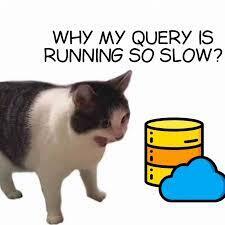
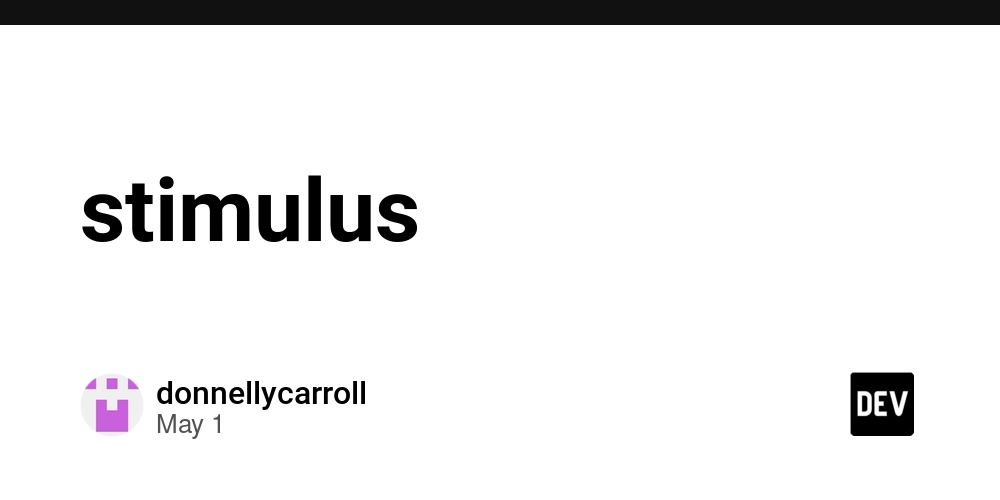














































































































































































































































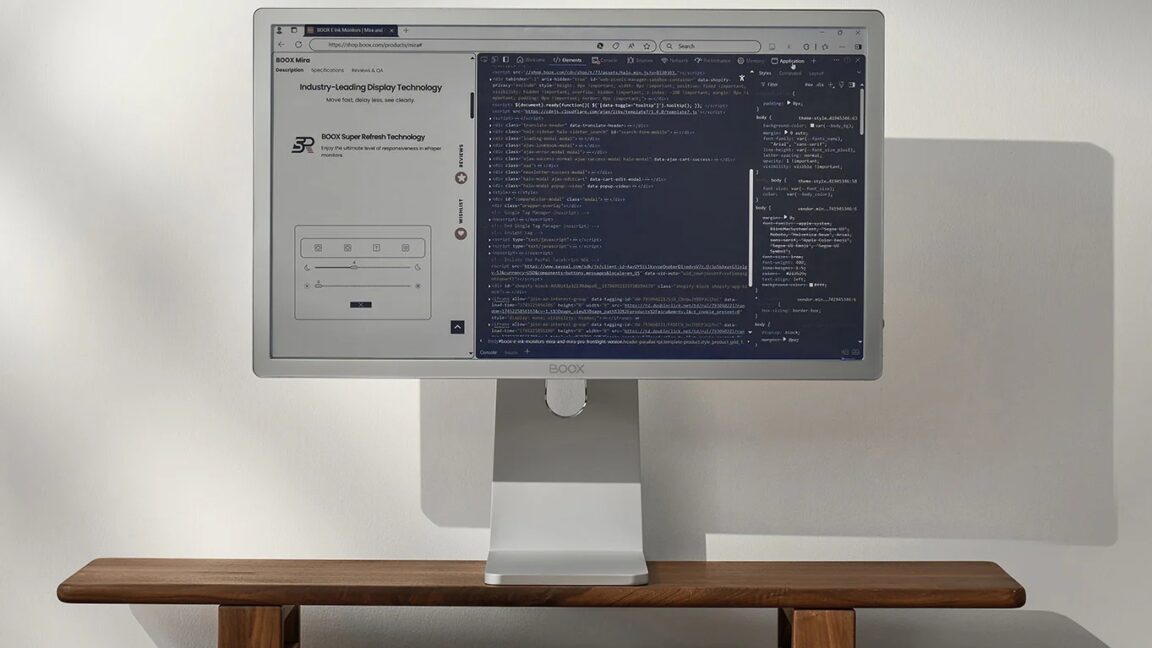



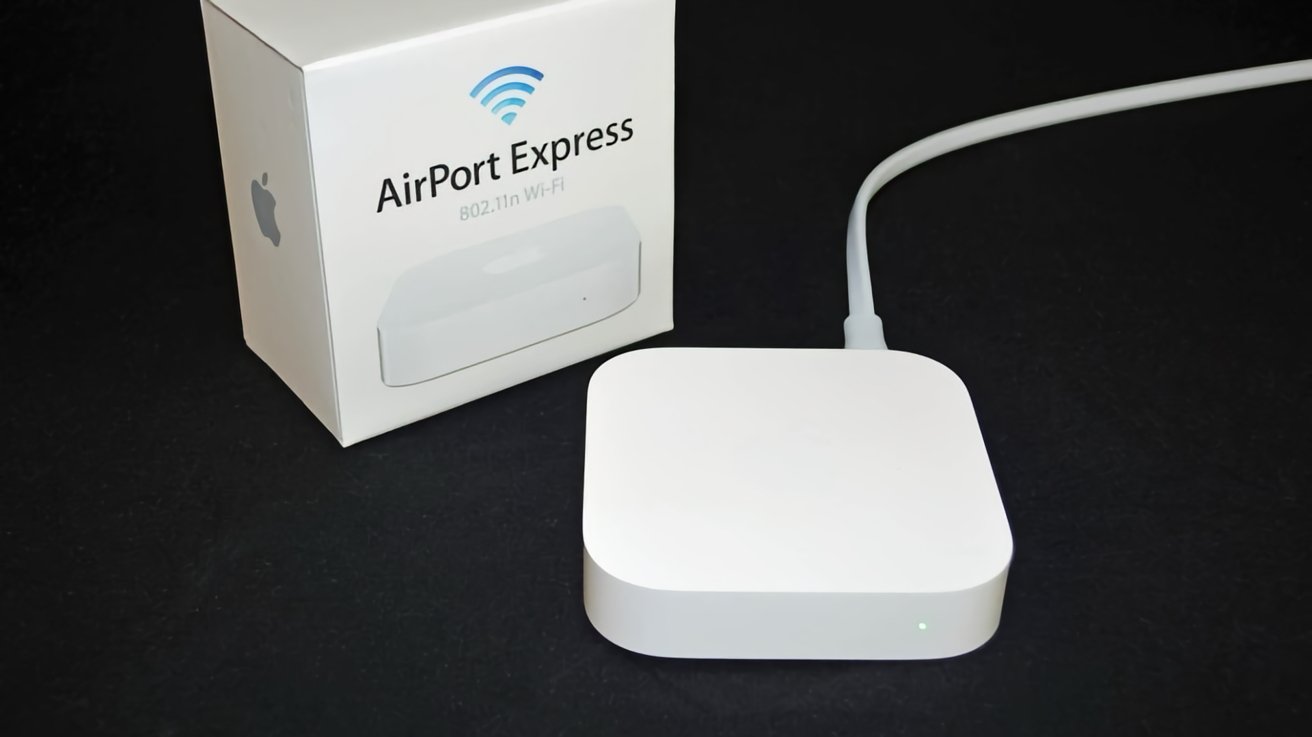
-xl.jpg)











![Google Home app fixes bug that repeatedly asked to ‘Set up Nest Cam features’ for Nest Hub Max [U]](https://i0.wp.com/9to5google.com/wp-content/uploads/sites/4/2022/08/youtube-premium-music-nest-hub-max.jpg?resize=1200%2C628&quality=82&strip=all&ssl=1)














![New Hands-On iPhone 17 Dummy Video Shows Off Ultra-Thin Air Model, Updated Pro Designs [Video]](https://www.iclarified.com/images/news/97171/97171/97171-640.jpg)
![Apple Shares Trailer for First Immersive Feature Film 'Bono: Stories of Surrender' [Video]](https://www.iclarified.com/images/news/97168/97168/97168-640.jpg)

































































































